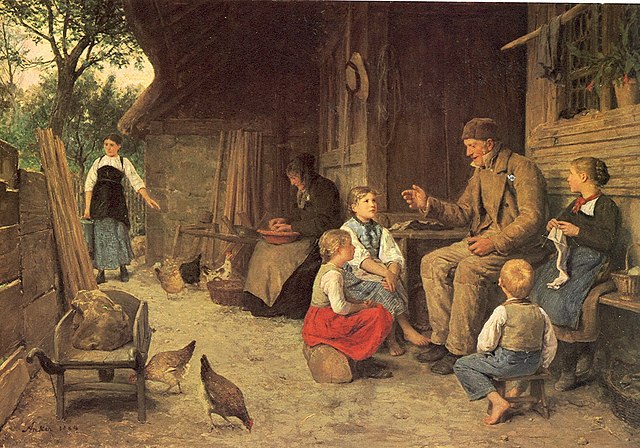Today, by coincidence, is my birthday. Oddly enough, it fell on the exact same date last year. I wonder if that qualifies me for a Guinness World Record.
A dear friend bought me a steak dinner after work. Unfortunately, that dear friend was myself, but we didn’t let that spoil the festivities.
I came up with a question in my Bible reading the other day, and wondered if any of our erudite readers know the answer to it.
I was reading the account of the Resurrection in Luke 24:10, where it talks about the women who went to the tomb on Sunday morning, found it empty, and reported it to the disciples. “It was Mary Magdalene, Joanna, Mary the mother of James, and the others with them who told this to the apostles.”
There’s a parallel passage in Mark 16:1: “When the Sabbath was over, Mary Magdalene, Mary the mother of James, and Salome bought spices so that they might go to anoint Jesus’ body.”
There’s also an earlier reference to this woman in Mark 15:40: “Some women were watching from a distance. Among them were Mary Magdalene, Mary the mother of James the younger and of Joses, and Salome.”
So here’s what I’m wondering. Scholars have pondered this previously unmentioned Mary, one among so many Marys who keep popping up in the gospels. Has it ever occurred to anybody to argue that this Mary might actually be Mary the mother of the Lord?
We know that the Lord had a brother named James, who became the head of the Jerusalem church. And an otherwise unmentioned brother named Joses (perhaps named after his father Joseph) isn’t unthinkable. If you’re Catholic you’d insist that the Virgin Mary wasn’t the mother of James, but the stepmother. But she could still be called his mother informally.
Why doesn’t it say, “Mary, the mother of the Lord?” I don’t know. Modesty? Fear of the authorities?
Another objection would be that James, the Lord’s brother, has traditionally been called James the Elder (I think) rather than James the Younger. My theory would require that tradition to be wrong.
Catholics probably wouldn’t take to this idea, though I might point out that it would give a biblical foundation to all those “Pieta” statues.
But my main question is, has anyone suggested this before? Or is it too dumb for anyone to have suggested before?
Like this:
Like Loading...




